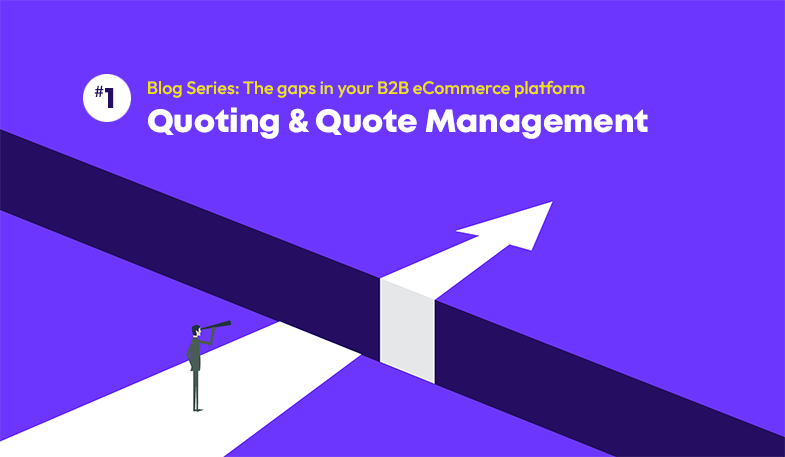Go Beyond with Ultra
eCommerce, but not as you know it - flexible commerce for exactly the right customer experiences with the selling tools to grow your business.
Ready To Solve Commerce Challenges
An eCommerce platform built to quickly solve modern business challenges with flexibility for future growth. Scalable, secure and delivered with expert support.
Why Do Our Customers Choose Ultra Commerce?
Simple: they value the flexibility and agility of headless commerce architecture combined with a complete modular eCommerce solution featuring the capabilities enterprises need to grow.

Be Ready for Everything.
It’s all there – powerful end-to-end commerce platform.
Get to market faster with everything you need for enterprise commerce – connected platform capabilities including core commerce, order management, product management (PIM), subscription for omnichannel, B2B and marketplace.

Commerce defined by you.
Next generation modular commerce your way.
Compose solutions that evolve with your business. Use connected commerce modules for your needs today with unlimited flexibility to customize as you grow.

Freedom to Create, Flexibility to Build.
Solutions for your business driven by headless commerce.
Build, design and launch leading customer experiences with headless commerce at full power. Grow without limits and unlock the potential of your marketing and technical teams now and in the future.
Resource Center

A new blog series about the critical eCommerce capabilities missing in most eCommerce platforms for B2B companies. #1: Quoting & Sales Support

A closer look from the Ultra perspective on what we really mean when we talk about headless commerce and why it may not be right for every company.

Davis Art is now the only online K-12 publisher dedicated to the arts, creating top-notch curriculum and resources for art educators nationwide, all from the Ultra Commerce platform.














